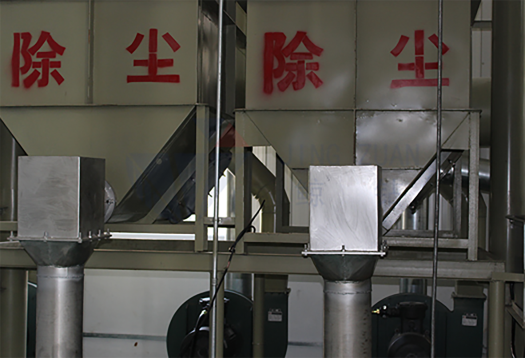
Oct . 05, 2024 19:17 Back to list
is hpmc safe
Is HPMC Safe?
Hydroxypropyl Methylcellulose (HPMC) is a widely used compound, primarily recognized for its role as a non-ionic cellulose ether. It has garnered attention in various industries, including pharmaceuticals, food, and cosmetics. Given its extensive applications, a pertinent question arises Is HPMC safe for use?
Understanding HPMC
HPMC is derived from natural cellulose, a prominent component of plant cell walls. The modification process involves introducing hydroxypropyl and methoxy groups to the cellulose structure, leading to unique properties such as increased solubility in water and enhanced film-forming abilities. These characteristics have made HPMC a valuable ingredient in many products ranging from food additives to drug formulations.
Safety in Food Applications
In the food industry, HPMC is often used as a thickening agent, emulsifier, and stabilizer. According to the U.S. Food and Drug Administration (FDA), HPMC is classified as generally recognized as safe (GRAS) when used in accordance with good manufacturing practices. This classification allows it to be utilized in food products without extensive premarket safety testing. Studies have indicated that HPMC is not toxic, nor does it pose significant health risks when consumed in moderate quantities.
Pharmaceutical and Cosmetic Use
In pharmaceuticals, HPMC plays a crucial role as a binder and film-forming agent in tablet formulations. It aids in the controlled release of active pharmaceutical ingredients, enhancing medication efficacy. The safety profile for HPMC in pharmaceuticals is well-established, with significant research demonstrating its biocompatibility and low toxicity. Regulatory bodies, including the European Medicines Agency (EMA) and the FDA, have concluded that HPMC is safe for use in oral and topical medications.
is hpmc safe

Similarly, HPMC is prevalent in cosmetic formulations, where it acts as a thickener and stabilizer. The Cosmetic Ingredient Review (CIR) Expert Panel has assessed HPMC and confirmed its safety for use in personal care products. The panel noted that HPMC is not an irritant or sensitizer when applied to the skin, further attesting to its safety profile in topical applications.
Potential Concerns and Adverse Reactions
While HPMC is generally regarded as safe, individual sensitivities can arise. Some people may experience mild gastrointestinal discomfort if they consume foods containing large amounts of HPMC. However, such reactions are rare and typically occur in sensitive individuals or from excessive intake.
There is also a question of HPMC's sourcing. Most commercially available HPMC is derived from plant cellulose, which is considered non-toxic and safe. However, consumers are advised to check for any potential allergens or additives in HPMC products, particularly in processed foods or cosmetics.
Environmental Impact
Another consideration regarding the safety of HPMC revolves around its environmental impact. HPMC is biodegradable, leading to a lesser environmental burden compared to many synthetic additives. This green attribute makes HPMC a favorable choice for sustainable practices in the food and cosmetics industries.
Conclusion
In summary, Hydroxypropyl Methylcellulose (HPMC) is a versatile compound that is widely deemed safe for various applications, including food, pharmaceuticals, and cosmetics. Regulatory bodies around the world have affirmed its safety profile, designating it as a GRAS substance in food and confirming its non-toxic nature in pharmaceuticals and cosmetic products. While most individuals can tolerate HPMC without issues, it is always prudent for consumers to remain vigilant about their personal health conditions and any allergies. As industries continue to evolve towards more natural and sustainable products, HPMC's role is likely to expand, further establishing its safety and efficacy in our daily lives.
-
Versatile Hpmc Uses in Different Industries
NewsJun.19,2025
-
Redispersible Powder's Role in Enhancing Durability of Construction Products
NewsJun.19,2025
-
Hydroxyethyl Cellulose Applications Driving Green Industrial Processes
NewsJun.19,2025
-
Exploring Different Redispersible Polymer Powder
NewsJun.19,2025
-
Choosing the Right Mortar Bonding Agent
NewsJun.19,2025
-
Applications and Significance of China Hpmc in Modern Industries
NewsJun.19,2025







